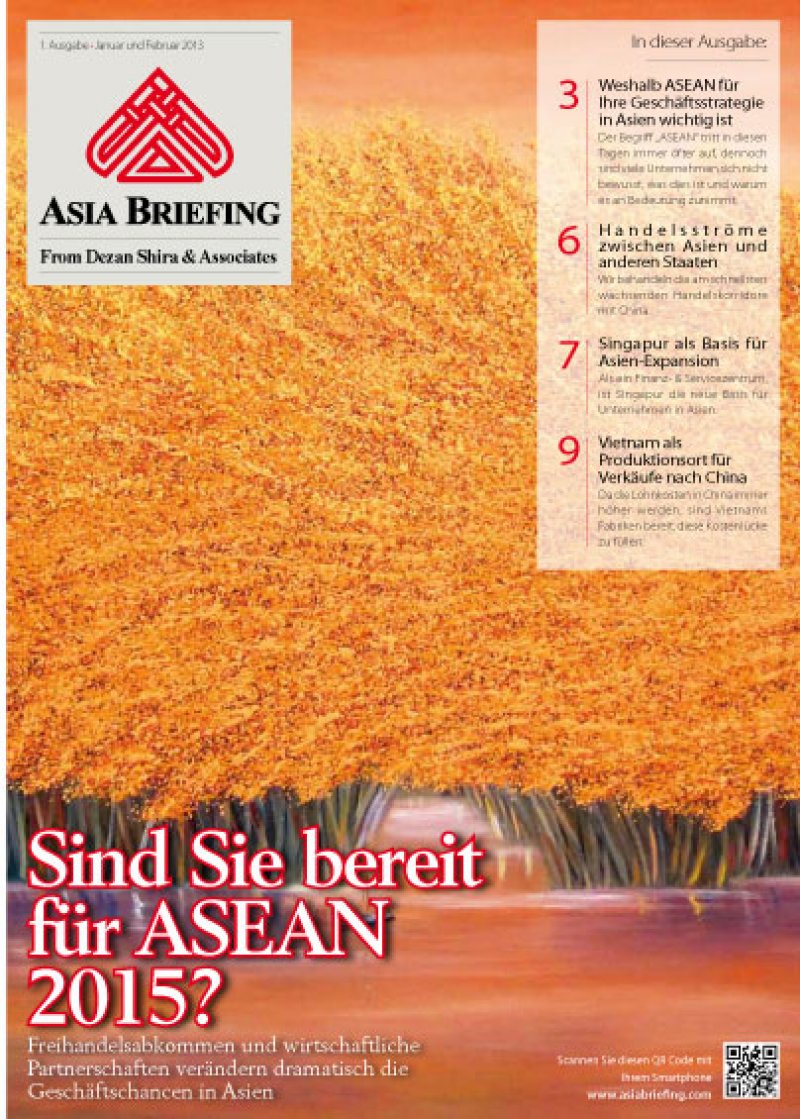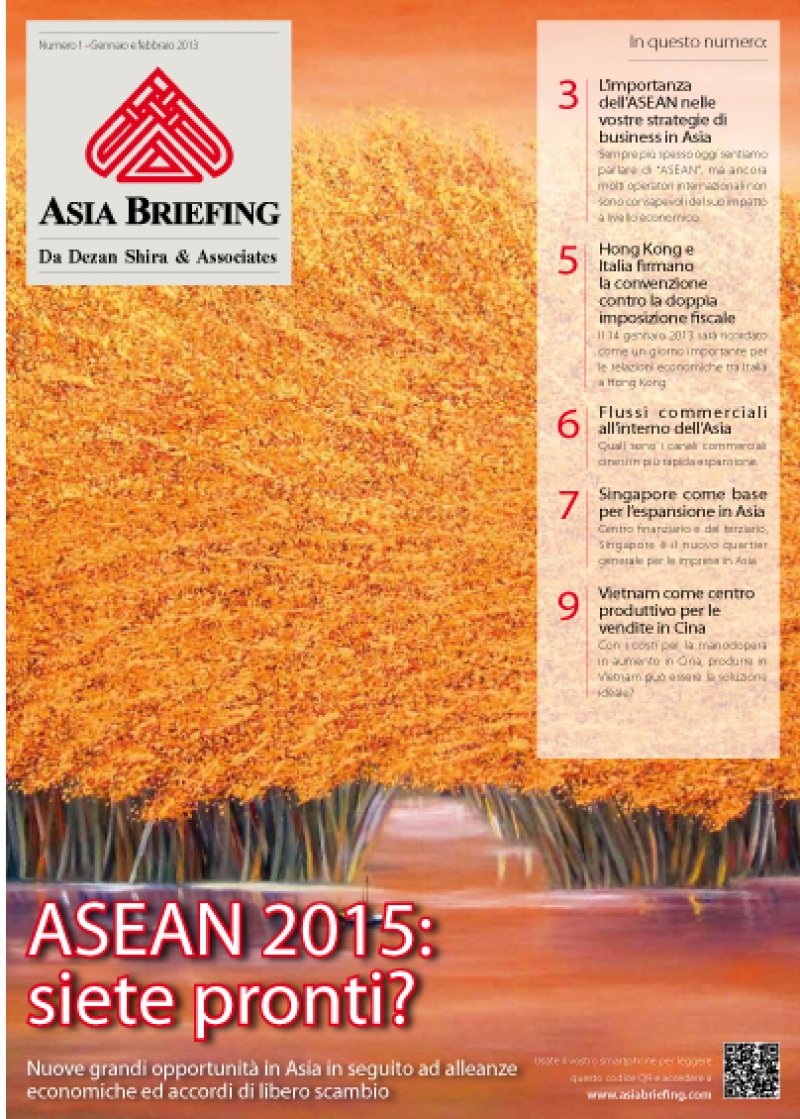
Our collection of resources based on what we have learned on the ground
Resources
Q&A
How long does it take to register a company in Singapore?

- January 2013
- Free Access
Given that company registration can also be done through the online platform with Accounting and Corporate Regulatory Authority, it normallyt takes 1 to 2 days. If the application for registration shall be subject to reviews and approvals by other de...
Q&A
What should be disclosed during an annual general meeting in Singapore?

- January 2013
- Free Access
Directors of the company must disclose a true and fair view of the profit and loss accounts of the company to the shareholders. These accounts presented should be made up to a date not more than 6 months before the annual general meeting. For private...
Q&A
How will the new regulatory changes impact to Singaporean company law?

- January 2013
- Free Access
The recent regulatory changes are aiming to reducing regulatory burdens, compliance costs, providing greater flexibility to companies, improving corporate governance and bringing benefits to various stakeholder groups. These regulatory amendments are...
infographic
ASEAN's Total Merchandise Exports

- January 2013
- Free Access
The table demonstrates the percentage of ASEAN's total mechandise exports by destination.
magazine
Sind Sie bereit für ASEAN 2015?

- January 2013
- Members Access
Viele Unternehmen sind sich der neu entstandenen Geschäftsmöglichkeiten, die die ASEAN Freihandelsabkommen bieten, jedoch noch nicht bewusst. In dieser ersten Ausgabe des Asia Briefing Magazins konzentrieren wir uns auf die Veränderungen, di...
partner-publication
DPRK Business Monthly: January 2013

- January 2013
- Members Access
The latest issue of DPRK Business Monthly is now available as a complimentary PDF download on the Asia Briefing Bookstore. This regular publication looks at current international, domestic, and peninsular affairs concerning North Korea while also off...
magazine
ASEAN 2015: Siete Pronti?

- January 2013
- Members Access
LâAsia offre un panorama molto più ampio della sola Cina, India e Vietnam: le opportunità sono presenti sia nellâAsia stessa sia oltre oceano, verso Stati Uniti, Europa, Medio Oriente, America del Sud e specialmente verso la cosiddett...
infographic
Interests and Loyalties under Indian Double Taxation Avoidance Agreements (DTAA)

- January 2013
- Members Access
The tables shows the interest and loyalty rates under Indian double taxation avoidance agreements (DTAA) in different countries.
infographic
Indian Tax Deductions at Source 2012-13

- January 2013
- Free Access
The table shows the nature of payment and cut-off amount for tax deductions in India
infographic
Comparison of Tax Rates between India and China

- January 2013
- Free Access
The table compares the major headline tax rates between China and India
Q&A
Where should foreign-invested enterprise submit audited reports in Vietnam?

- January 2013
- Free Access
Within 90 days after the end of the fiscal year, Foreign Invested Enterprises (FIEs) need to prepare and submit audited reports to three different government departments: Provincial Department of Planning and Investment (DPI) or Provincial-level E...
Q&A
In which cases expenditures that otherwise fully meet deductible conditions are ...

- January 2013
- Free Access
Non-deductible expenditures - specific cases: Expenditures related to the value of loss caused by natural disaster, epidemic, fire and other unforeseen circumstances without any compensation; Expenses for raw materials, supplies, fuel, energy and...
Enquire for more information about our services, and how we can help solve challenges for your organization
Contact UsOur Clients
Discover our esteemed global clients across diverse sectors. We believe in providing our clients with exceptional service and a commitment to being their partner for growth in Asia.
See what our clients say about us



























